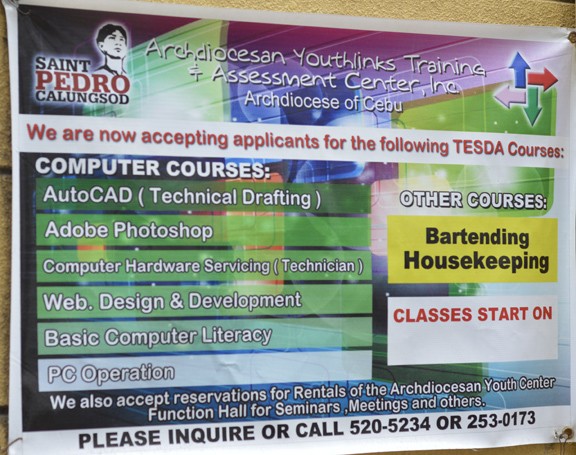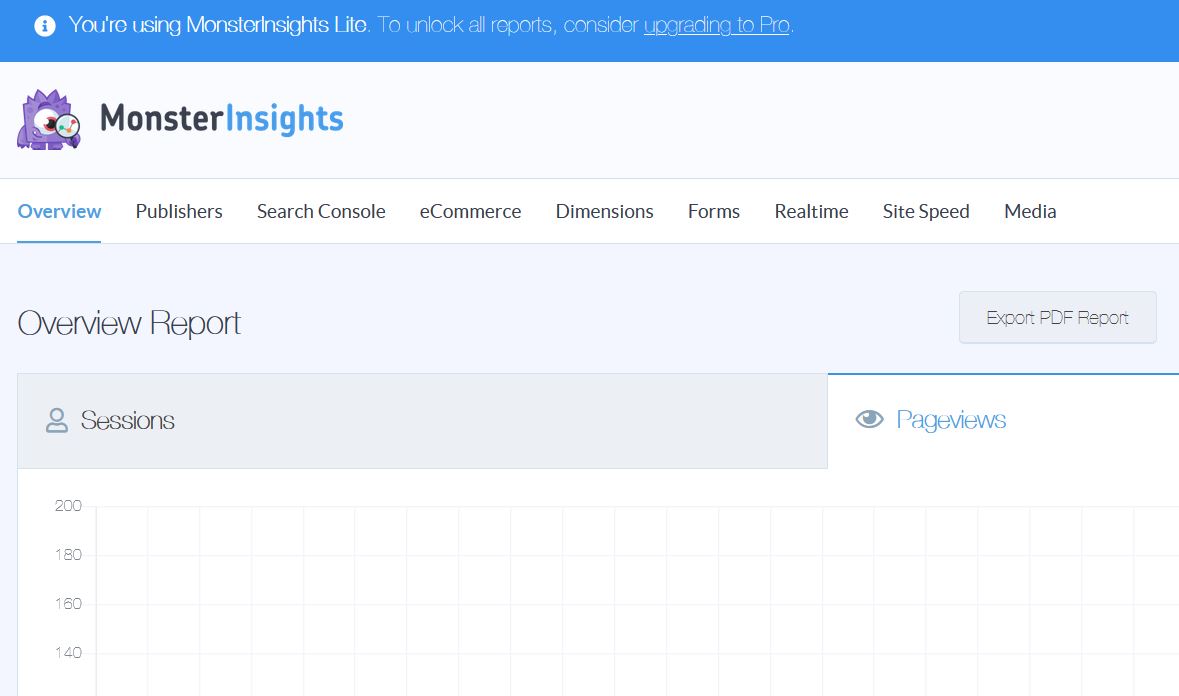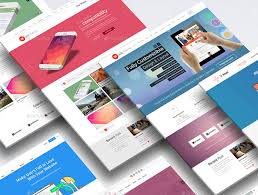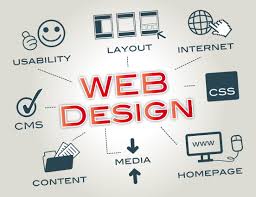Your homepage is a very important page.
It typically receives 50% to 85% of all visitor traffic.
The following conversion rate optimization techniques are incorporated into all our homepage designs to help you generate more leads, appointments and customers for your business.
These techniques have been tested and validated by reputable marketing research firms and conversion rate optimization companies such as Conversion Rate Experts, Marketing Experiments, ConversionXL and the Norman Nielsen Group.
1. Make sure your homepage displays quickly.
One of the biggest “conversion rate killers”is slow loading homepages. Make sure your homepage displays in 1 to 3 seconds or visitors won’t bother to stick around to see what you offer.
2. Optimize your homepage for tablets and smartphones.
The use of tablets and smartphones by prospective customers to search for and buy products and services has sky rocketed over the last five years. It’s imperative that your homepage be optimized for these devices or you will lose sales. Incorporate advanced conversion features on the smartphone version of your website such as “tap-to-call.” This allows prospective customers to simply tap a button at the top of your homepage and their phone will automatically call your business.
3. Simple beats complex.
Is you’re homepage cluttered with so many graphic design elements, photographs and unnecessary text that visitors don’t know what to focus on? If so, get rid of these distracting items so visitors will focus on your value proposition without getting distracted or confused.
4. First impressions are critical.
Make sure your website conveys a professional image of your business. The bottom line is your website can’t look amateurish if you want prospective customers to stay on your site and part with their hard earned money in exchange for the products and services you offer.
5. Let visitors know “what you do” and “for whom.”
Your homepage has to immediately let visitors know “what you do” and “for whom.” Your homepage has to convey that you have the solution to the problem prospective customers are experiencing. It’s amazing how many business websites don’t include this very basic conversion tactic.
6. Don’t let your visitors get lost.
There is nothing more frustrating for a website visitor than feeling lost or not being able to use the navigation on a website. If your navigation menu is too complicated or important links aren’t there at all, visitors will become discouraged and immediately leave.
7. A clear value proposition backed up by results.
This is the most important tactic!
If you want visitors to take action when they land on your homepage you must have a value proposition on your homepage that clearly indicates “what’s in it for me if I contract your service or buy your product.” A value proposition is clear statement of the tangible results a customer gets from using your product or service. It has to be the most prominent design element at the top of your homepage so it immediately draws a visitors attention. Emphasize the benefits of your service or product including how it will solve the business problem your prospective customers are experiencing. Also make sure you include a “prominent call-to-action button” as part of your value proposition to let visitors know what you want them to do next.
Prospective clients aren’t interested in you so “don’t clutter up your value proposition” with information about your capabilities, how many years you’ve been in business, how many employees you have or your mission statement.
Prospective customers are only interested in the “results you can achieve for them” so back up your value proposition with “reasons to believe” in the form of case studies or success stories.
8. Clarity trumps persuasion.
A simple, yet powerful way to engage visitors on your homepage is by being clear. Don’t worry about selecting the perfect persuasion words and putting them in the perfect order when writing your homepage copy. Write plain, easy to understand copy so visitors aren’t confused.
9. Make your website readable.
Make sure you use a font for the text on your website that is readable and is a minimum of 16 pixels in size. Also make sure that the text is dark enough so it contrasts with the background colour of your website. If people can’t read what’s on your website, how do you expect them to purchase what you offer?
10. Make it easy for prospective customers to take action.
Include a “global call-to-action” in the form of a telephone number or email address in the top right hand corner of your homepage including every other web page on your site. This makes it extremely easy for prospective customers to take action no matter what web page they’re on. A global call-to-action is more than just a phone number or email address. An effective global call-to-action contains an imperative verb. Here are a few examples:
Make An Appointment
1111111
Call Toll Free
1-867-335-2684
Get A Free Consultation
11. Use directional cues.
To get prospective customers to complete a task use directional cues such as arrow icons. For example, use a directional arrow as part of your button design to get prospective customers to click on the button. Another example is to incorporate a scroll down icon at key locations on your homepage to encourage visitors to continue reading the entire web page.
12. Your business better be unique.
There are very few markets where you won’t encounter stiff competition. In order for your business and your website to be successful, your products and services have to stand out from the competition by offering something unique that will resonate with prospective customers.
13. Testimonials are very powerful.
If others confirm your worth, in their own words, you’ll have a much better chance of convincing prospective customers to purchase your products and services. Include at least one testimonial from a past client on your homepage, more if possible.
14. Case studies are in-depth endorsements.
Case studies are like testimonials on steroids. Unlike testimonials, case studies provide context and detail. Potential clients want to hear what you’ve done for your previous clients. These potential customers want to hear how your products and services helped others who were in a similar position to where they are now. Link to a case studies web page directly from your homepage that describes in detail how you helped a past clients by providing tangible results you achieved for them in the form of numbers and percentages. If they can do this it’ll be much easier for them to be convinced that they should hire you or buy your products without them needing to phone your previous clients for a reference.
15. People buy from businesses they trust.
Prospective customers are more likely to purchase a product or contract service if they know, like and trust you. To increase trust in your business include trust elements such as the Better Business Bureau seal in the bottom section of every web page of your website. Displaying logos of professional associations your business belongs to and offering a guarantee are also effective tactics for creating trust and confidence in the products and services you offer.




